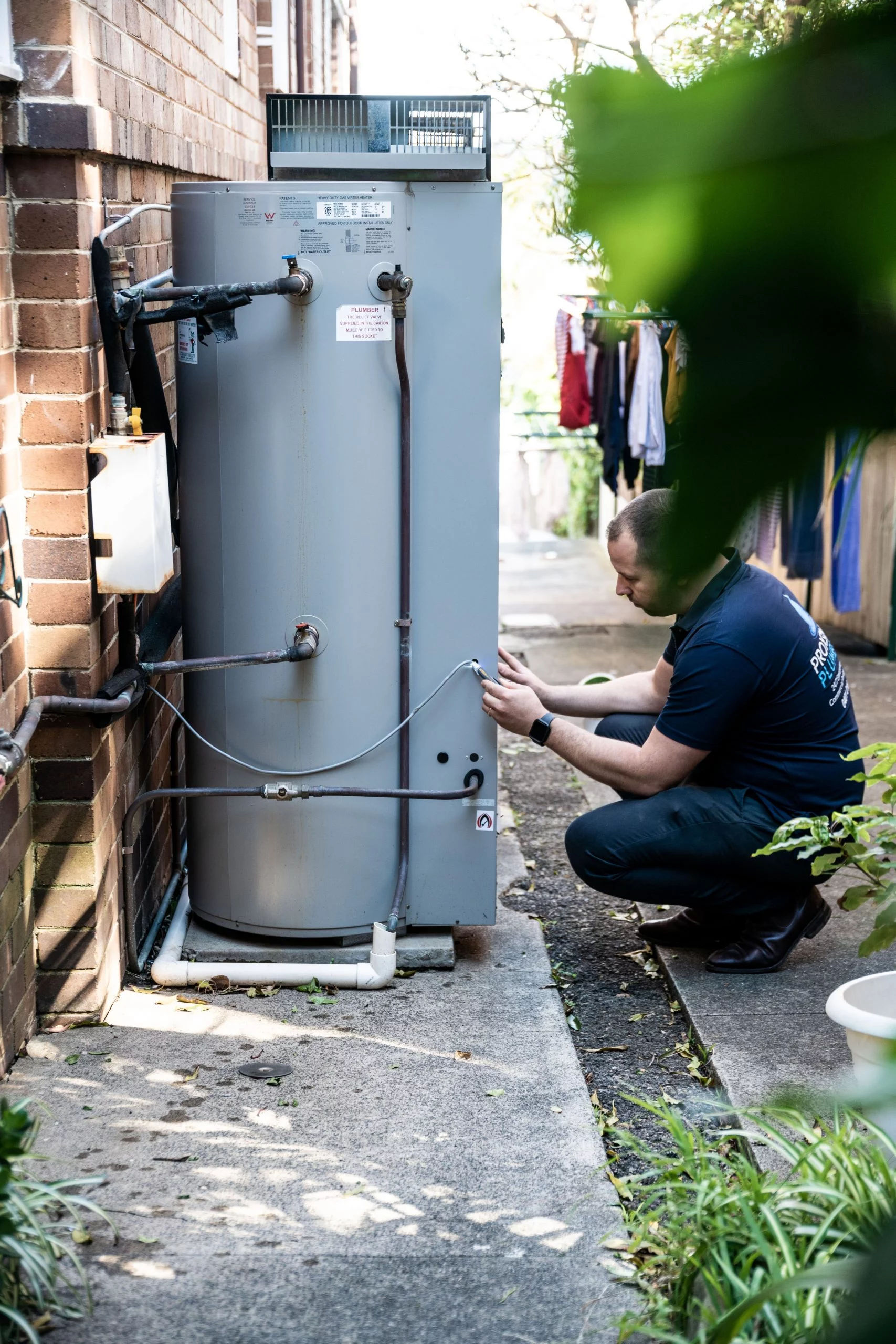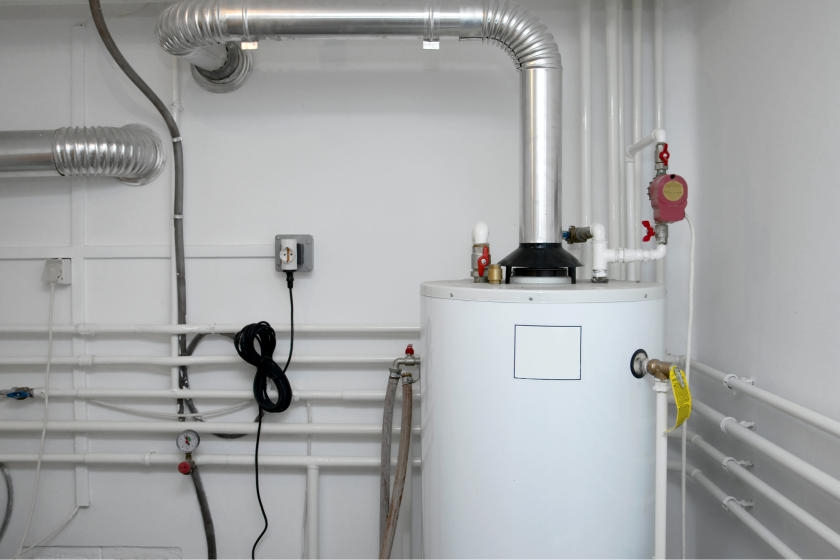Just about every person is bound to have their personal perception about Water Heater Maintenance Tips You Can't Afford to Forget.

Warm water is necessary for everyday convenience, whether it's for a revitalizing shower or cleaning meals. To ensure your warm water system runs efficiently and lasts much longer, routine maintenance is essential. This article provides sensible ideas and understandings on how to keep your home's hot water system to stay clear of disturbances and expensive repairs.
Introduction
Keeping your home's hot water system may seem complicated, but with a couple of easy actions, you can ensure it runs smoothly for several years to come. This overview covers everything from recognizing your hot water system to do it yourself maintenance pointers and knowing when to hire specialist help.
Value of Maintaining Your Hot Water System
Normal maintenance not just extends the life expectancy of your hot water system yet also guarantees it runs efficiently. Ignoring maintenance can cause reduced effectiveness, greater power bills, and also early failure of the system.
Signs Your Hot Water System Requirements Upkeep
Recognizing when your hot water system needs interest can stop significant concerns. Keep an eye out for signs such as irregular water temperature, odd sounds from the heater, or rusty water.
Purging the Hot Water Heater
Flushing your water heater eliminates sediment accumulation, improving effectiveness and lengthening its life.
Monitoring and Replacing Anode Rods
Anode rods stop deterioration inside the tank. Examining and replacing them when worn out is important.
Complicated Problems Calling For Specialist Aid
Instances consist of significant leakages, electrical problems, or if your water heater is regularly underperforming.
Regular Expert Upkeep Advantages
Professional maintenance can include comprehensive assessments, tune-ups, and making sure conformity with safety and security requirements.
Examining and Readjusting Temperature Level Setups
Changing the temperature settings makes certain ideal performance and security.
DIY Tips for Upkeep
You can carry out a number of maintenance tasks yourself to maintain your warm water system in top condition.
Looking for Leakages
On a regular basis check pipelines and links for leaks, as these can result in water damage and greater expenses.
Comprehending Your Hot Water System
Before diving into maintenance jobs, it's handy to comprehend the standard parts of your warm water system. Usually, this includes the water heater itself, pipes, anode poles, and temperature level controls.
Regular Monthly Maintenance Tasks
Normal monthly checks can aid capture minor concerns before they rise.
Checking Pressure Relief Valves
Examining the stress relief valve ensures it works correctly and protects against excessive stress buildup.
Insulating Pipelines
Insulating warm water pipes lowers warm loss and can conserve energy.
When to Call a Specialist
While do it yourself maintenance is valuable, some problems call for expert experience.
Final thought
Normal maintenance of your home's warm water system is crucial for performance, durability, and price savings. By adhering to these tips and understanding when to look for expert aid, you can make certain a trusted supply of hot water without unforeseen disturbances.
Water Heater Maintenance Tips
Test the TPR Valve
Shut off the power and the cold-water supply valve. Place a bucket under the pipe connected to the temperature-pressure-release (TPR) valve on the top or side of the tank. (This valve opens if the tank pressure gets too high.) Lift the valve’s tab to let some water out, then let go. If water keeps flowing, drain the tank partway, unscrew the old valve with a pipe wrench, and install a new one. Check the Anode Rod
Put a hose to the tank’s drain cock and let out a few gallons of water. Now fit a 1 1/16-inch socket onto the rod’s hex head on top of the heater (or under its top plate) and unscrew the rod. If it’s less than ½ inch thick or coated with calcium, buy a new one, wrap its threads with Teflon tape, put it back in the tank, and tighten securely. Use this segmented rod if headroom above the tank is limited. Drain the Tank and Wash Out Sediment
Drain the remaining water in the tank into the bucket, then stir up the sediment on the tank’s bottom by briefly opening the cold-water supply valve. Drain and repeat until clean water comes out of the hose. Close the drain cock, refill the tank, and turn its power back on. Adjust the Temperature
Find the temperature dial on the side of the tank and unscrew its cover. Adjust the dial to 120 degrees using a flathead screwdriver. For every 10 degrees the temperature is lowered, you can expect to save up to 5 percent in energy costs. Turn the water heater off or the thermostat down to its lowest setting if you plan to be away from home for more than three days. Insulate the Pipes
Buy some self-sticking 3/8-inch-thick foam pipe insulation that matches the pipes’ diameter. Slide the foam over the hot-and cold-water pipes as far as you can reach. Insulating the cold-water pipe prevents condensation in summer. Peel the tape and squeeze the insulation closed. If the pipe is 6 inches or less from the flue, cover it with 1-inch-thick unfaced fiberglass pipe wrap. https://www.thisoldhouse.com/plumbing/21016402/how-to-maintain-a-water-heater

Do you appreciate reading about What Kind of Maintenance Do Water Heaters Need?? Try leaving a remark below. We would be happy to know your thinking about this entry. In hopes to see you back again soon. Kindly take a moment to distribute this blog posting if you appreciated it. I cherish reading our article about How to Maintain a Hot Water Heater in a Few Simple Steps.
Booking Page